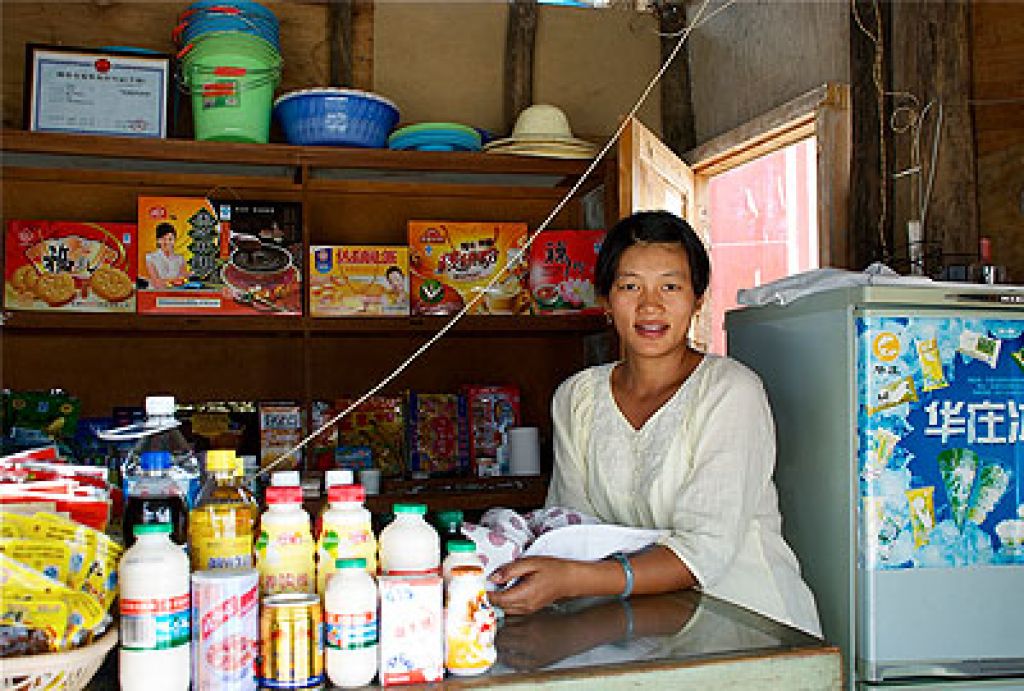Organic Farming along the Mighty Mekong
A long stretch of road linking several provinces of Myanmar, the Lao People’s Democratic Republic, Thailand and Viet Nam is home to many impoverished farmers. But things are slowly changing. Thanks to an improved road system, farmers now have an opportunity to distribute their agricultural products over long distances, reaching large, rich markets across the region. Farmers are also adding value to agricultural





